We're all trying to be happier, right? Harvard studies have shown that happier people live longer, are more productive, and enjoy life more.
But what does happiness mean? And how can you go about improving the levels of customer happiness in your business? This blog post will answer those questions and give you six actionable ways to start making your customers happier today. Let’s put a smile on your customers' faces!

What is customer happiness?
Quite simply, it's the feeling your customers get when they interact with your brand.
It's the positive emotions they experience from their interactions with you – from the moment they first learn about you to when they become a return customer.
And while it might seem like a subjective thing, there are ways to measure and improve customer happiness.
How do you measure customer happiness?
The best way to measure customer happiness is to listen carefully to what your customers say and observe their actions. Sometimes you get valuable feedback in the form of likes, shares, or comments on review sites and social media. Other times, you may notice unresolved complaints or unmet needs.
However, simply tallying up all of these indicators can’t tell you everything about the true state of customer happiness.
📊To understand how your customers are feeling, you also need to dive deep and analyze their overall customer experience from start to finish.
By creating customer surveys and carefully examining their purchasing journey, you can see where things might be breaking down.
What are the metrics to look for?
➡️ Net Promoter Score (NPS)
As well as measuring and tracking customer loyalty, you can predict business growth. By giving the customer a scale (0-10) which they need to answer such questions as, for example:
How likely are you to recommend us to someone like you?
➡️ Customer Satisfaction (CSAT)
Using this metric, you can determine how your company's products and services achieve customer happiness and satisfaction. It will tell you what makes your customers happy about your product and how to improve your customer interactions. For example, when asked:
What would you miss most if we took our product away from you?
➡️ Customer Effort Score (CES)
It lets you measure customers’ efforts to interact with your entire company. People who encounter a better customer experience are more loyal, so by asking questions like:
How easy was it for you to solve your issue today?
You will better understand the emotions this particular touchpoint evokes within your customers and find ways to improve it.
💡With a combination of quantitative metrics and qualitative insights, it becomes much easier to pinpoint areas where you can improve to boost overall levels of customer happiness.
Customer happiness vs. customer satisfaction
At first glance, customer happiness and satisfaction may seem the same. After all, both terms focus on giving customers a positive experience and ensuring they're happy with the great customer service they receive.
However, there is a key difference between these two.
Customer satisfaction mainly has to do with measuring performance against customer expectations. If you overachieve or underachieve in meeting certain goals or fail to meet others, you've satisfied or dissatisfied your customers.
Measuring customer happiness tends to be much more subjective. Whether your customers are completely satisfied with their experience may matter less than their overall feelings about your service.
For this reason, aiming for customer happiness rather than simply customer satisfaction can help you deliver better results (and keep your customers happy for longer!).
Why does customer happiness matter?
Because in an age when consumers have more choices than ever before, making them happy is vital for ensuring that they keep coming back for more.
Reason 1: Prices and products themselves no longer determine customer happiness. It’s the reliability, transparency, responsiveness, and overall customer service experience they receive. (SuperOffice)
Reason 2: Happy customers drive referrals and repeat sales. (HubSpot)
Reason 3: Customers will not stick around if your business doesn't strive to keep them happy. (Techjury)
Don’t these stats prove enough that putting more effort into the positive emotions your brand evokes just pays off?
How to improve customer happiness?
You must strive to provide your customers with the best possible experience at every touchpoint.
🎯And with these actionable tips below, you will be at least six steps closer to this goal.
#1 Collect customer feedback
Knowing what your customers like and dislike is the first step toward making them happier.
Are there particular aspects of your product (or service) that people are struggling with? Some elements seem especially appealing to them.
Identify the things that make your customers tick and how your company compares to others.
💬 Why?
By engaging in this process early and often, you'll become better attuned to what makes your customers happy and come up with innovative ideas for meeting their needs in the future.
💡How to deal with it?
Speed up the research process and consider using a survey tool such as Survicate. This solution lets you send out regular surveys or polls and simply ask your customers directly for their opinions at the right time and moment.
Intuitive visual editor and many customization options let you create an email, link, web, and mobile surveys, one of a kind. And you can even choose one of its 125+ expert-designed survey templates and create surveys people want to answer for.
Streamline, automate, and collect feedback directly – these are not empty promises. Check out on your own.
#2 Act on customer feedback
However, collecting feedback ≠ involves listening to your customers.
Always respond to feedback, whether it's a positive comment about one of your products or a suggestion for improvement.
💬 Why?
The more carefully you go through each comment and review, the more likely you will be to understand and use this information to make any necessary changes that will work.
💡How to deal with it?
Whenever a customer has a problem, take it seriously. Whether a simple complaint or an outright problem, your first impulse should be to respond. Don’t hide your head under the cover. Time matters here.
Ask for more information, request more time, suggest a solution, and follow up in the long run. By doing these simple things, you show your customers that you care and don't want to leave them without any answer.
#3 Close the feedback loop
Consistent communication is the best way to keep your customers happy and coming back for more.
But it’s not possible without the feedback loop.
Customer feedback loop: At its most basic, this term refers to a process that allows businesses to gather valuable customer insights to improve products, services, and marketing strategies. It consists of 5 stages:
Step 1: Ask and collect – use feedback survey software
Step 3: Analyze & Plan – build product roadmaps
Step 3: Acknowledge – express your gratitude
Step 4: Implement – improve based on suggestions
Step 5: Follow up – show your customers that you count on their opinions
💬 Why?
Closing the feedback loop helps you engage customers, get customers' trust and loyalty, and create long-term relationships. And it’s no secret that retaining customers is much cheaper than finding new customers. In other words, it pays off.
💡How to deal with it?
Get to the bottom of what went wrong so you can fix it. And if someone is simply unhappy with your product, without any particular reason, listen carefully to customer concerns and work with them to find a way forward. Essentially, try to close all customer inquiries, comments, and opinions – from start to finish.
📚Explore this comprehensive guide of feedback loops, which covers the topic in depth.
#4 Personalize your customer experience
Isn't it nice to be treated differently?
If you want to keep your customers happy (and increase their lifetime value), you need to tailor your interactions with them so that the customer feels genuine and unique.
While it may seem daunting, providing personalized, excellent customer service to each individual is not that challenging.
It's just admitting that not all customers are the same.
💬 Why?
Personalizing your customer experience can go a long way toward increasing satisfaction and overall customer happiness. It’s no longer just a welcome addition. According to the McKinsey report, 71% of customers expect a personalized experience, while 76% are frustrated if they don't get it.
💡How to deal with it?
→ Use your customer's name whenever possible.
→ Ask your customer about their day-to-day life and interests.
→ Find your customer’s favorite products and offer recommendations based on that information.
→ Pay attention to the little details about each customer interaction – they'll appreciate the extra effort!
#5 Always measure customer satisfaction
To keep your customers happy, you need to track customer satisfaction levels.
Among the most popular and effective ways to do this is to conduct customer satisfaction surveys. Following a purchase or customer support team interaction, surveys can be sent via email, text message, or in-app notification.
💬 Why?
Customer satisfaction surveys help track progress and identify any potential issues early on. The constant analysis will allow you to detect any alarming deviations from the norm as soon as they occur.
💡How to deal with it?
Customer surveys should be short – no one wants to spend ages filling them out. The key is to ask the right questions to get useful customer insights. Make sure you give customers the option to leave feedback in their own words and rating specific aspects of their experience.
If you want to know what a perfect survey should look like, Survicate survey templates will come in handy here.
#6 Reward your most loyal customers
Your most loyal customers are the ones who keep coming back to you, time and time again. They're the ones who love your brand and recommend you to their friends.
So, it makes sense to show appreciation by giving them something extra. After all, when you make your customers happy, everybody wins!
💬 Why?
The rewards program you offer your customers can distinguish your brand from your competitors. Keeping your current customers happy is crucial in growing your customer base.
💡How to deal with it?
→ Exclusive discounts and deals
→ Early access to new products and services
→ Free delivery or priority shipping
→ Invitations to VIP events
Whatever you do, ensure your customer loyalty program is tailored to your brand and offers value your customers will appreciate.

Happy customers, happy YOU
And ultimately, this is what it all comes down to:
Making sure your customers are truly happy with the value they receive from your products and services is one of the decisive factors that will indicate whether your business is a success.
By prioritizing customer happiness from day one, you can provide world-class products and create lasting relationships with your customers.
Those happy customers will help propel your successful business forward to even bigger things!
Survicate surveys are a super helpful tool to get you started. Check them out on our 10-day free trial!








.webp)
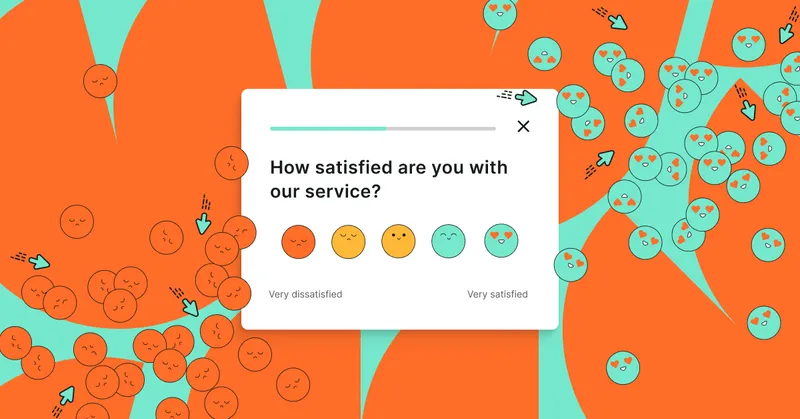
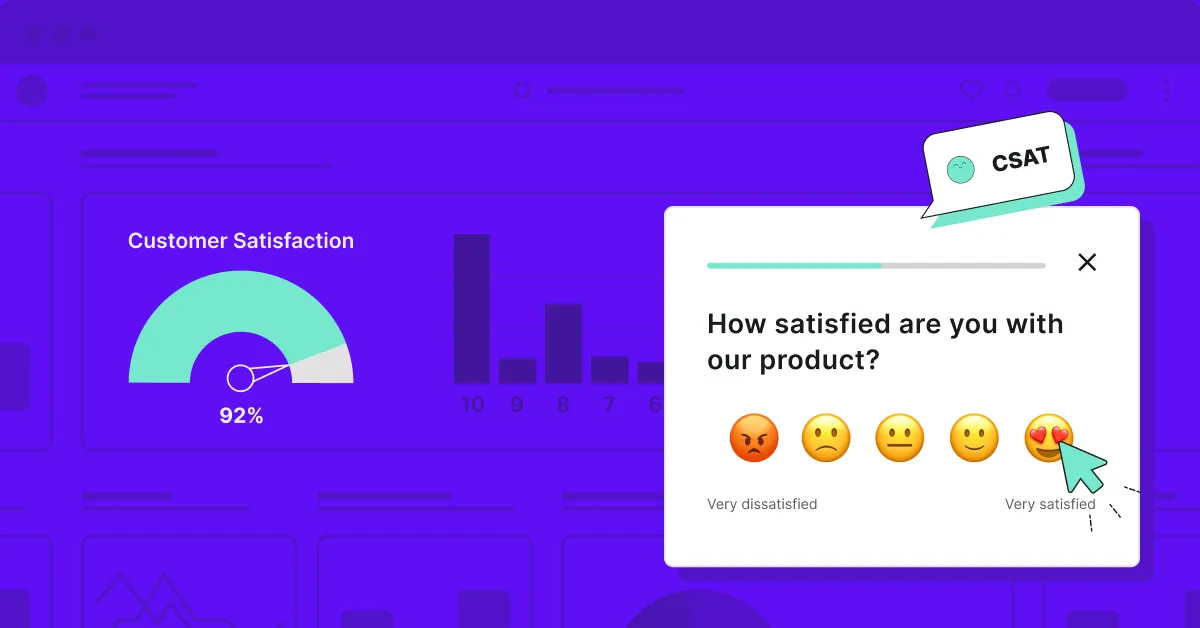
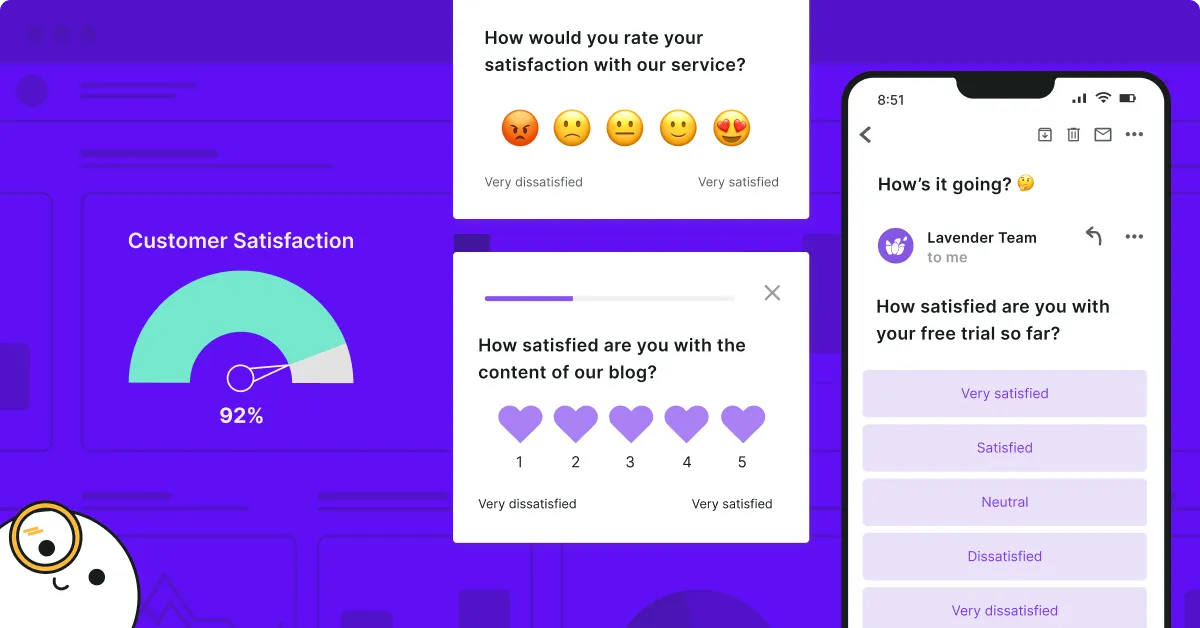
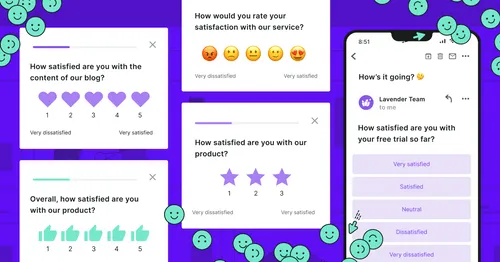
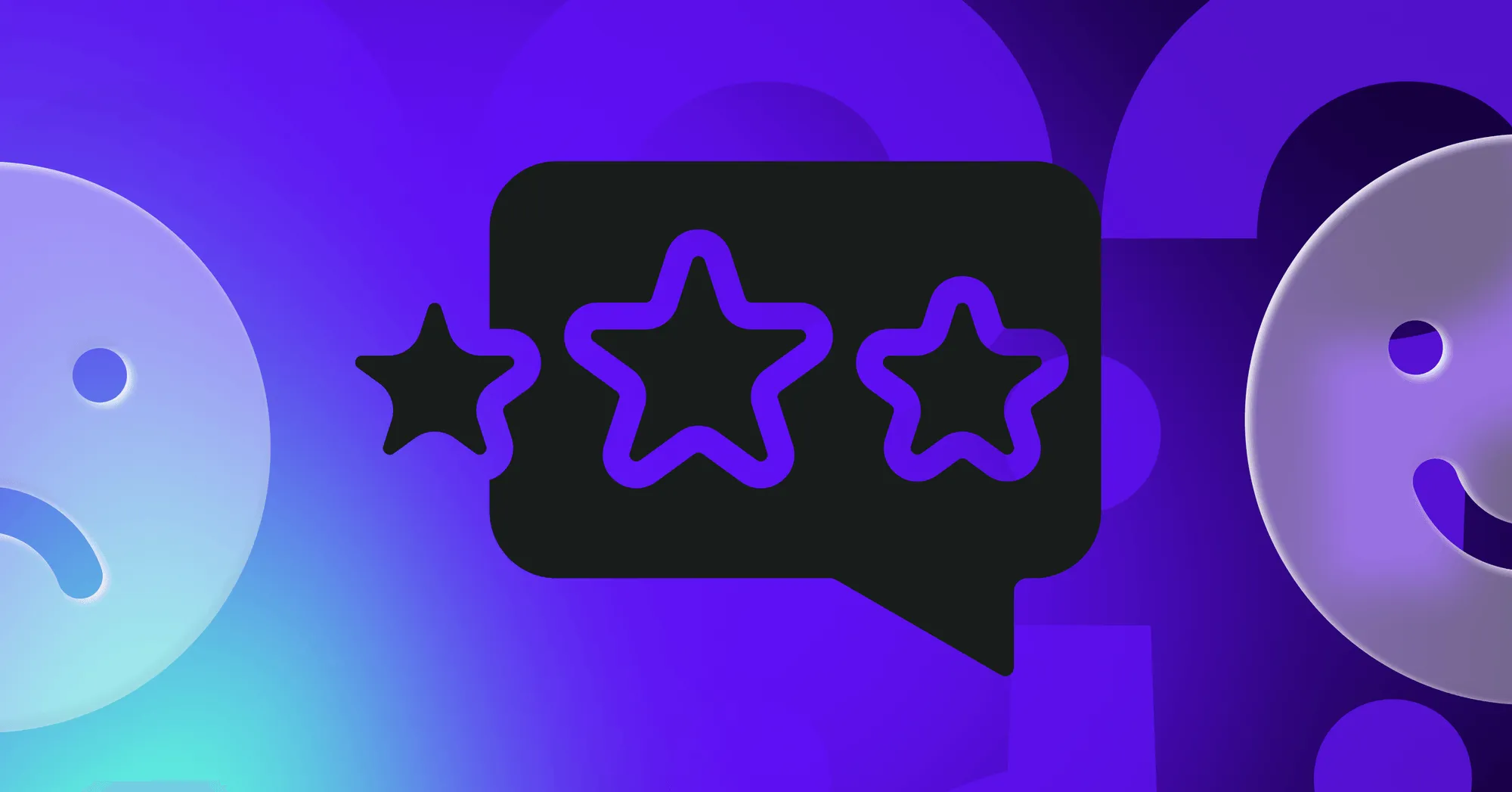
.svg)

.svg)



